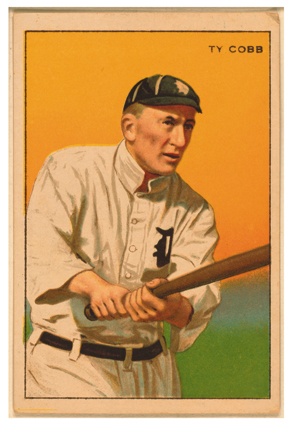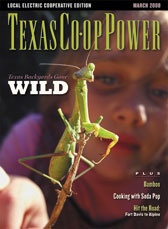For almost 50 years beginning in 1895, major league baseball teams came to Texas for their spring training. Twenty cities hosted at least one team. In San Antonio, visited by 11 teams between 1895 and 1941, the arrival of the big leaguers and their press corps in March touched off weeks of civic hubbub and celebrations, dances and banquets.
Some towns were tried only once and found wanting.
Baseball’s most notorious team, the 1919 White Sox, trailed by rumors (which proved to be true) that they had thrown the World Series to the Cincinnati Reds, did their 1920 spring training in Waco. They became known as the Black Sox after eight players were banned from baseball at the end of the season.
The Oriental Hotel in Dallas hosted of one of baseball’s most famous fights. In 1917 the Detroit Tigers trained in Waxahachie, the New York Giants in Marlin. The two teams featured the most hot-tempered characters in baseball history—Giants manager John McGraw and Tigers star Ty Cobb. On Saturday, March 31, at Gardner Park the Giants defeated the Tigers, 5-3. In the third inning, Cobb singled and set out to steal second. He slid in spikes high, cutting second baseman Buck Herzog on the left thigh. A battle royal broke out, both teams swinging away at each other. For the rest of the game “uncomplimentary remarks” were flung back and forth between the teams.
That night in the hotel dining room, the sore-legged Herzog challenged Cobb. They agreed to meet in Cobb’s room. With players from both teams looking on, Cobb gave Herzog a sound beating, blacking both his eyes, before Detroit trainer Harry Tuttle broke it up.
The next day news of the fight brought out a record crowd of 10,000, who lined the foul lines and ringed the outfield. They saw the Giants stage an exciting five-run rally in the ninth to win, 8-6. But onlookers were disappointed. Neither Cobb nor Herzog played. There were no fights.
When the Philadelphia Athletics arrived in Eagle Pass in March 1922, they were warmly greeted but surprised to be greeted in Spanish. Children played bullfighting in the streets, not baseball. The Sunday ballgames had to be played early so the fans could cross the border to catch the bullfights in Piedras Negras.
Two teams often traveled together, living in their Pullman rail cars as they jumped from town to town playing practice games. Folks rode long distances in horse-drawn buckboards to see the stars they could only read about the rest of the year. Cowboys sat on horseback around the outfield. Indians sat on blankets along the foul lines.
One year the Pittsburgh Pirates and Chicago White Sox barnstormed through Texas together. They arrived at one of their whistle stops on a bitterly cold day. Pirates manager George Gibson went to the local hotel and told the townspeople the game was off; he refused to risk injury to his players. While he was talking, some ranchers and cowboys came in, their guns prominently displayed in their holsters.
“You mean we came 150 miles and you ain’t gonna play?” one said. Gibson took their point. The game went on.
Once, the Cubs arrived in El Paso only to learn that the ballpark had burned down. They crossed the border and played in Ciudad Juarez, where Cubs infielder Roy Smalley acquired a new nickname when he was introduced by the local announcer as “Señor Smelly.”
Travel restrictions during World War II forced teams to train near home. After the war, strong pushes by civic boosters and developers in Arizona and Florida created the Cactus and Grapefruit Leagues, ending all spring training activities in the Lone Star League.
For most baseball fans west of the Mississippi, spring training and the barnstorming tours had been their only opportunity to see the stars they read about. When television brought big-league baseball into the nation’s homes in the late 1950s, the need to ride a hundred miles to see players became less urgent. The Boys of Summer would no longer spend spring in Texas.
——————–
Norman L. Macht is the author of several books on baseball history, including his latest, Connie Mack and the Early Years of Baseball (University of Nebraska Press, 2007).


